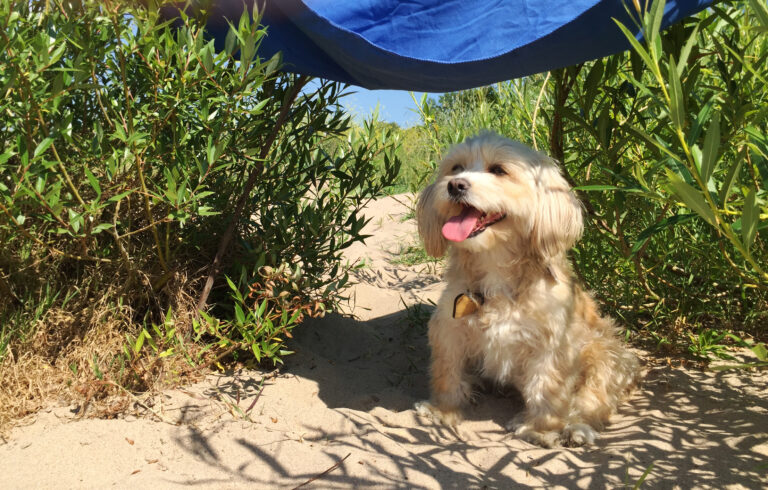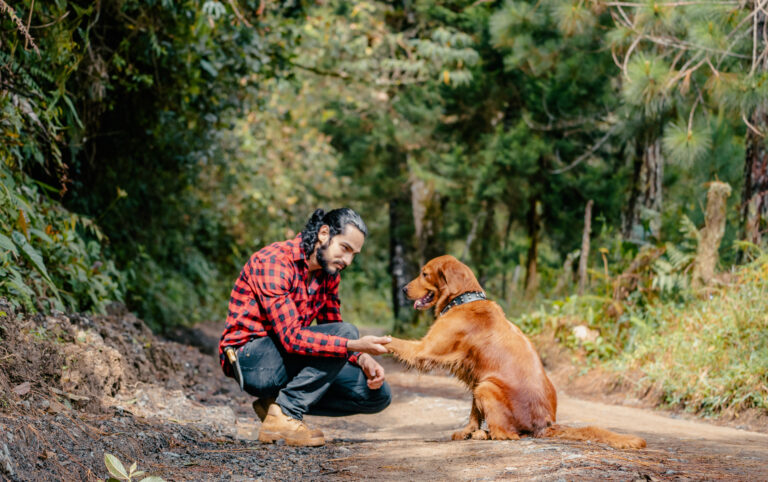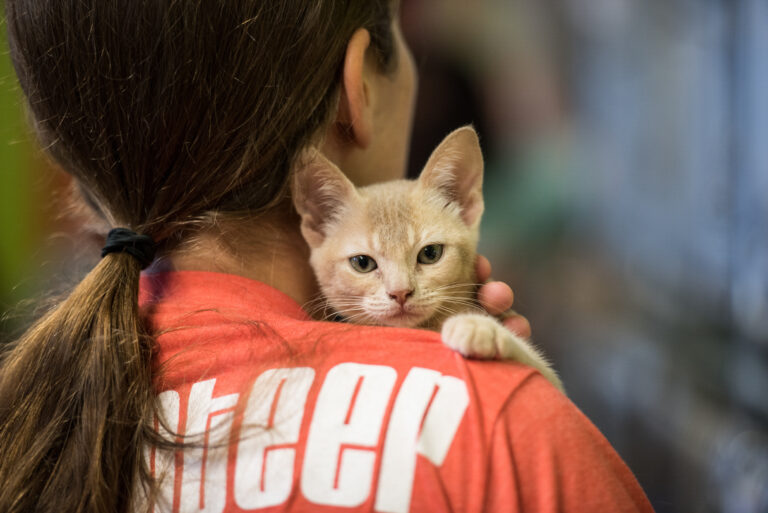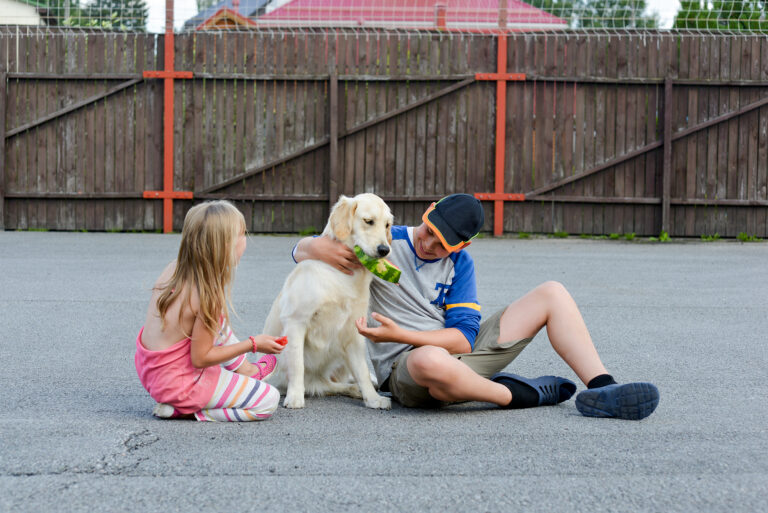Spring feels like a season of fresh starts—and what better way to celebrate new beginnings than by welcoming a rescue dog into your home? But if you already have a resident pet, whether it’s a dog, cat, or even something smaller, the arrival of a new family member requires careful planning.
A proper introduction can make the difference between a harmonious household and months of tension. And with the warmer weather, spring gives you a few extra advantages, like the option to meet in neutral outdoor spaces where dogs and other pets naturally feel more relaxed.
Here’s a full guide on how to introduce a rescue dog to your existing pet this spring, step-by-step, so everyone starts off on the right paw.
Table of Contents
Step 1: Prepare Before Bringing Your Rescue Dog Home
Before you even schedule pick-up day, set up your home to make the transition easier for both your new dog and your resident pet:
- Separate spaces: Create safe zones for each pet, complete with their own beds, food and water bowls, and toys.
- Gather supplies: Have crates, gates, leashes, and plenty of treats ready for controlled interactions.
- Plan a slow schedule: The first few weeks are about careful introductions, not instant best-friend status.
Spring makes this easier—you can use outdoor patios, gardens, or parks for initial meetings rather than cramming everyone into a living room right away.
Step 2: Start with a Neutral Territory Meeting
Especially for two dogs, the first introduction should happen somewhere neutral, not inside your home where your resident pet might feel territorial.
Pick a quiet outdoor area like:
- A dog-friendly park (not a crowded dog park)
- A friend’s fenced backyard
- A quiet trail or open field
Both dogs should be leashed but kept loose and relaxed. Start by walking them parallel at a distance. Let them sniff the air, glance at each other, and gradually close the gap while watching for signs of stress like stiff posture, growling, or avoidance.
Keep the meeting short and positive. Reward calm behavior and disengage before anyone gets overwhelmed.
Step 3: Supervise Indoor Introductions Carefully
Once the initial outdoor meeting goes smoothly, bring the new rescue dog home—but don’t just let them loose. First, let them explore the house separately from your resident pet.
Use:
- Baby gates to create visual contact without physical confrontation
- Crates or pens for safe observation periods
- Short, leashed greetings in common areas under supervision
Feed pets separately, provide individual attention, and allow breaks. It’s important that both pets feel they still have their own “safe spots” to retreat to.
Step 4: Watch for Signs of Stress or Conflict
Even if things start off smoothly, it’s common for small tensions to pop up after the initial honeymoon period. Watch closely for body language clues that suggest discomfort:
- Tense bodies, stiff tails, lip-licking, growling, or avoidance
- Resource guarding (over food, toys, or even you)
- Excessive hiding or nervousness in your resident pet
If you notice any of these signs, slow down the process. You may need to take a few steps back—separating again for a few days or using more structured reintroductions.
Step 5: Gradually Increase Freedom Together
Once both pets are relaxed and friendly during supervised time, slowly allow more interaction:
- Playtime in the backyard
- Short, off-leash periods in the house (if safe)
- Shared walks and activities
Keep sessions short and end them on a positive note. Spring weather offers plenty of opportunities for joint outdoor adventures that help bond your pets without confining them indoors.
Special Considerations for Cats and Other Pets
If you’re introducing a rescue dog to a cat or smaller pet:
- Always keep the dog on a leash during first interactions.
- Use vertical spaces so the cat can escape or observe safely.
- Reward your dog for calm behavior around the cat—no chasing allowed.
- Allow the cat to approach on their own terms without forcing interactions.
Patience is even more critical here—some cats take weeks or even months to adjust to a new canine roommate.
In Conclusion

Spring is a season of growth and new connections, but building trust between a rescue dog and an existing pet takes time, patience, and a little strategy. By using neutral ground, supervising introductions carefully, and respecting each animal’s need for space and comfort, you can set the foundation for a peaceful, happy multi-pet household.
Every successful meeting, shared sniff, or tail wag is a step closer to a bond that will bloom with the season—and grow stronger with time.







